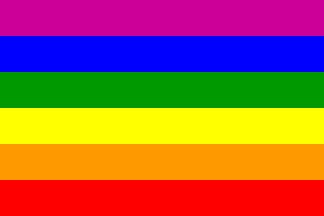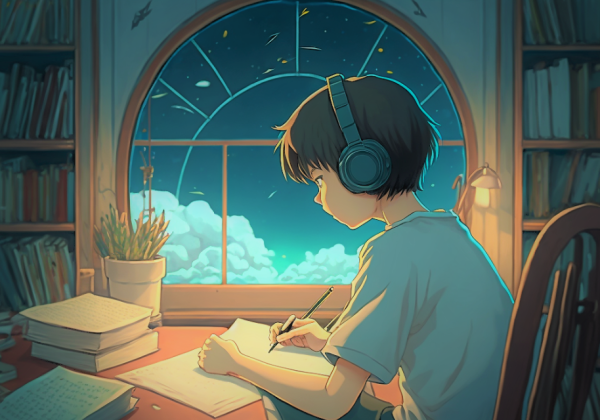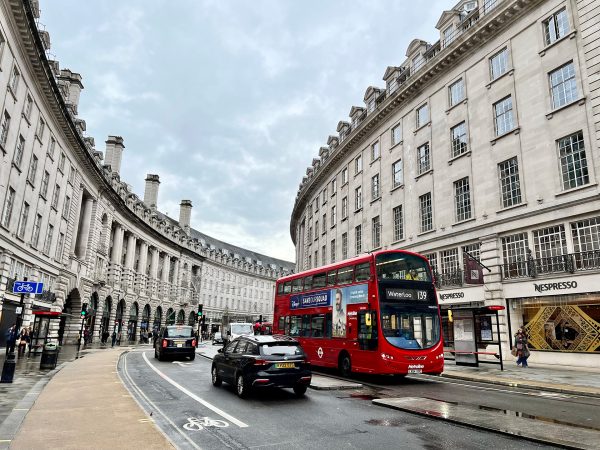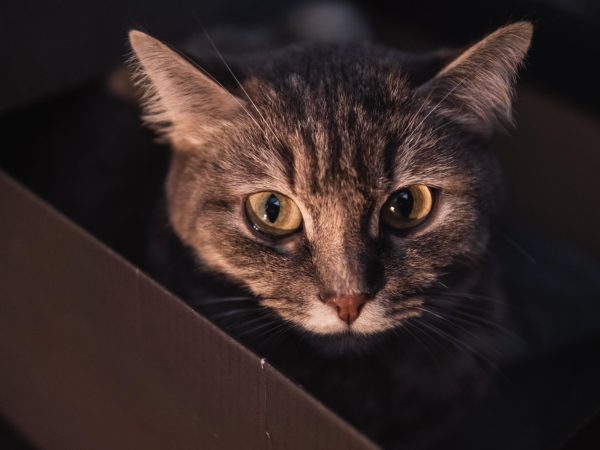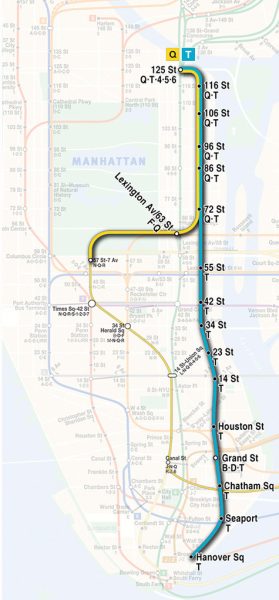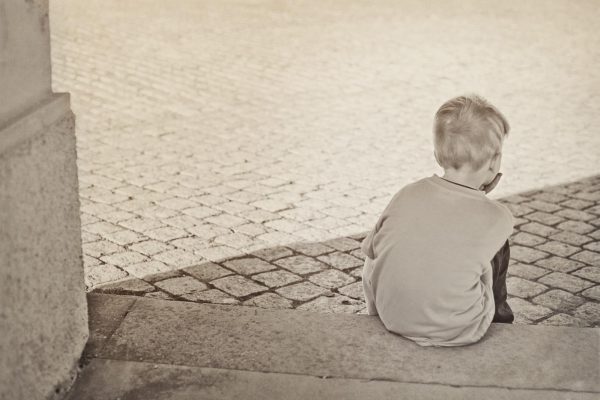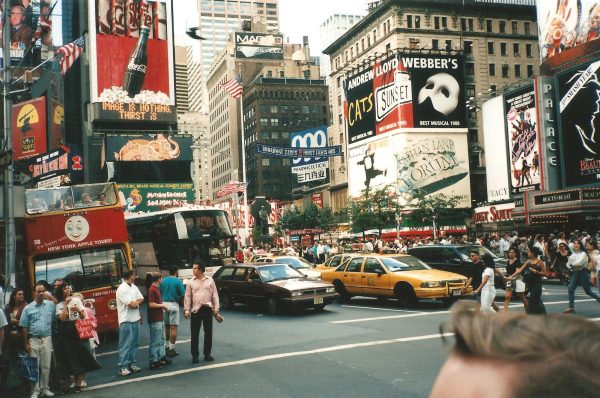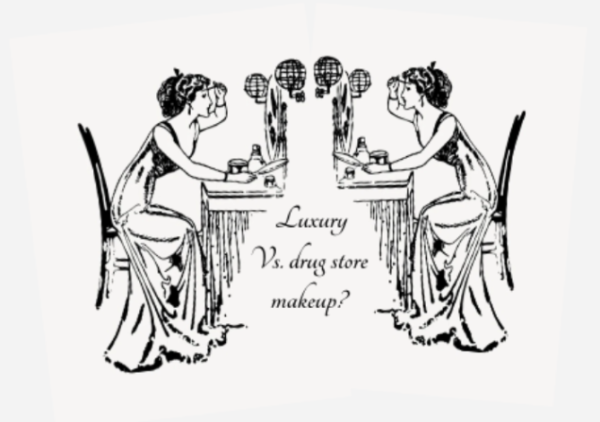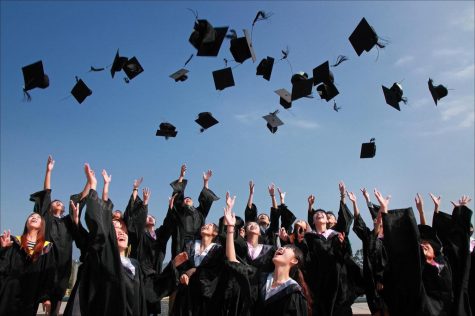The LGBT Community
January 18, 2019
The NYC iSchool has a diverse student body comprising of many LGBT individuals. In fact, a poll that asked 51 students for their sexuality, just 31% identified as straight. Although the largest section of individuals are straight, the many subsets of the LGBT community make up an overall majority, with bisexuals making up 27.5%, lesbians making up 11.8%, and gay boys making up 5.9%. Additionally, 5.9% of respondents identified as trans*.
But who are the students behind the statistics? We spoke to a few LGBT-identifying students on various aspects of their identity, such as whether they had come out or not and if they feel that LGBT people are fairly represented in society.
Daniela Cisneros, an NYC iSchool senior, identifies as a bisexual cis girl and is out to her friends but not her family.
“They’re pretty traditional people and I can’t be bothered dealing with them right now, so I haven’t come out. I want to keep it low-key with them,” she said.
This seems to be a shared circumstance with many of the iSchool’s LGBT youth. According to the poll, a total of 37.8% of respondents said either that it was complicated or they simply weren’t out at all. A further 31.4% of people were cishet, meaning that only 30.8% of the iSchool’s LGBT youth are fully out to everyone.
This is a problem for all youth, not just those who attend the iSchool. Youth who come out to their families especially can face a plethora of issues, such as ridiculing, disbelief, teasing, disgust, and in extreme cases they can even be kicked out of the house and disowned. In fact, LGBT youth make up 40% of the homeless youth population, an obviously disproportionate amount.
This seems odd, because studies show that only 49% of youth nationwide identify as completely cisgendered and heterosexual. However, acceptance definitely isn’t as widespread, with conversion therapy and homophobic attitudes everywhere in the US. Religious LGBT youth can also have a hard time reconciling their beliefs with their identity, because many religions and religious organizations seem to condemn homosexuality and people who are transgender.
A good way to combat these attitudes is to represent non-cishet people casually in mainstream media, such as gay couples and men who, when topless, have visible top surgery scars. This goes a long way in normalizing LGBT identities. However, it doesn’t always work that way.
An iSchooler who asked to remain anonymous and is a cis lesbian had some thoughts about representation in the LGBT community.
“LGBT people aren’t really well represented in the media, especially trans lesbians and butch lesbians… we need more positive representation.”
She has a different reason for not being open about her sexuality to her family.
“A few years ago, I came out as ace (asexual), but I realized that was because I wasn’t happy with my boyfriend. It would be embarrassing to have to come out again as something different.”
Other students also have issues with the way that LGBT people are represented in the mainstream media.
“I identify as genderqueer and I like p**** and abs. I don’t think LGBT people are represented fairly at all. Nonbinary people especially don’t have much rep (representation) in TV shows, except for, like, Billions and Glee. Representation of non-binary people needs to be more intersectional, too.”
Intersectionality really is a big issue when mainstream media attempts to include LGBT identities. In 2014’s LGBT YA novels, 35% of LGBT characters were cis females, and 40% were cis males. Only 5% were gender-nonconforming. Additionally, the intersectionality of race and LGBT identity is a large issue.
On cable TV shows featuring LGBT people, 71% of those LGBT characters were white. Although all LGBT identities are important to represent, most LGBT characters featured in mainstream media are cis and white gay men. Bisexuals, trans people, and unfetishized lesbians are vastly underrepresented.
But what about all shows, because those are the ones most people watch daily? 96% of all TV and film characters are cishet, leaving only 4% of all characters to represent all LGBT identities, and most will be cis and white gay men.
So how do we fix this issue that so many LGBT people, especially youth, have with the way that LGBT people are represented in the media? It’s important to do so in order to ease the pains of coming out and normalize and celebrate LGBT identities.
An anonymous iSchool student had this to say about cishet allies showing support for their LGBT peers:
“If you’re cishet, publicly show that you’re in support of LGBT people. If you’re LGBT and you feel it’s safe to do so, affirm your identity. Every time you do, someone hears and it helps a lot!”
This is a good point. Although many cishet people are in support of LGBT-identifying people, they may be afraid to show their support for those people for fear of ridicule. They may also be afraid of speaking for or over LGBT people. While this is definitely a concern, the LGBT community needs allies in their activism, and with a few precautions, cishet people can show their support without speaking for actual LGBT people.
A straight, cisgendered iSchool freshman had this to say about publicly showing his support for the LGBT community.
“I support gay people, but what if my friends make fun of me, you know?”
A similar thing applies to LGBT people afraid of affirming their identity for a number of reasons. It takes bravery to publicly affirm an oppressed identity that isn’t immediately visible, and it may seem safer to remain closeted, but if it’s in any way possible, it helps all LGBT people in the vicinity to know that there is a friend around that knows what they’re going through.
And even with straight people who are comfortable with showing their support for people who are LGBT, they can sometimes go about it in what is perceived as an unhelpful way.
Piper Gregoire, a cis freshman lesbian, had this to say about the use of the word “queer”:
“I really f****** hate it when people say they ‘support the queer community’. It’s degrading and it is still a slur. I don’t identify as a slur. You can’t.”
Another cis lesbian, sophomore Lucy Klonsky, seemed to agree with this. Over email, she said:
“I personally hate it. its [sic] too close to things that have been used against me as an act of homophobia for me to be comfortable with it. I also don’t like how vague it is. saying you identify as queer can mean almost anything depending on who you’re talking to… I don’t think we should refer to the community as a whole as queer being that many people have experienced it used as a slur.”
Statistics back this up: a study found that 93% of gay men do not like being described as “queer”.
So even when cishet people attempt to be inclusive in their activism, they can go about it the wrong way. Normalizing LGBT identities can be a big help with educating everyone, whether they’re LGBT or not, on how to stand up for others with a different gender identity and sexual orientation.
Continuing with her interview, Lucy said:
“Acknowledging LGBT identities without treating them like exotic is difficult. I think it’s important to tell the stories of LGBT as they exist in the real world which is that being LGBT impacts almost every aspect of your life, it changes who you are and it comes up a lot. however it is not who you are. normalizing LGBT people who don’t talk about or isn’t influenced by their identities at all isn’t helpful because it isn’t realistic and normalizing something that doesn’t exist doesn’t help anyone. LGBT characters can and should exist throughout media just as they do throughout the world.”
This is a statement that many LGBT people echo. With the near absence of people of colour who are also LGBT and non-cismonosexual LGBT identities, everyone, no matter their identity, has to work together to make sure all non-cis and non-straight identities are normalized and accepted.
So despite the advances that have been made, there are still obstacles in the way of LGBT individuals, especially youth. It helps to spread awareness, so that especially non-LGBT people are more knowledgeable about the issues that lesbian, gay, bisexual, and transgender people face.
“I’m glad someone is talking about this,” Lucy said, and every person interviewed said the same.
Too often, LGBT issues are thrown under the rug, but it is important that we bring them to light. When we do talk about these issues, we often talk only about monosexuals, leaving bisexual people and youth especially vulnerable. In fact, only 28% of bisexual people are open about their identities, as opposed to 73% of gay men and 71% of lesbians.
Fixing these statistics and treating LGBT people fairly and not like they’re exotic, abnormal, or sinful will be difficult, but it’s necessary to treat everyone fairly. Intersectionality must be a factor when we consider these issues, too: LGBT people of colour, disabled LGBT people, poor LGBT people, and fat LGBT people are part of the community, too, and we have to revise our mental image of what an LGBT person looks like.
Almost everyone knows an LGBT person and loves them and respects them. Why can’t we do the same to everyone? As the popular church sign says: love your neighbour who doesn’t look like you, think like you, pray like you, love like you, live like you.


